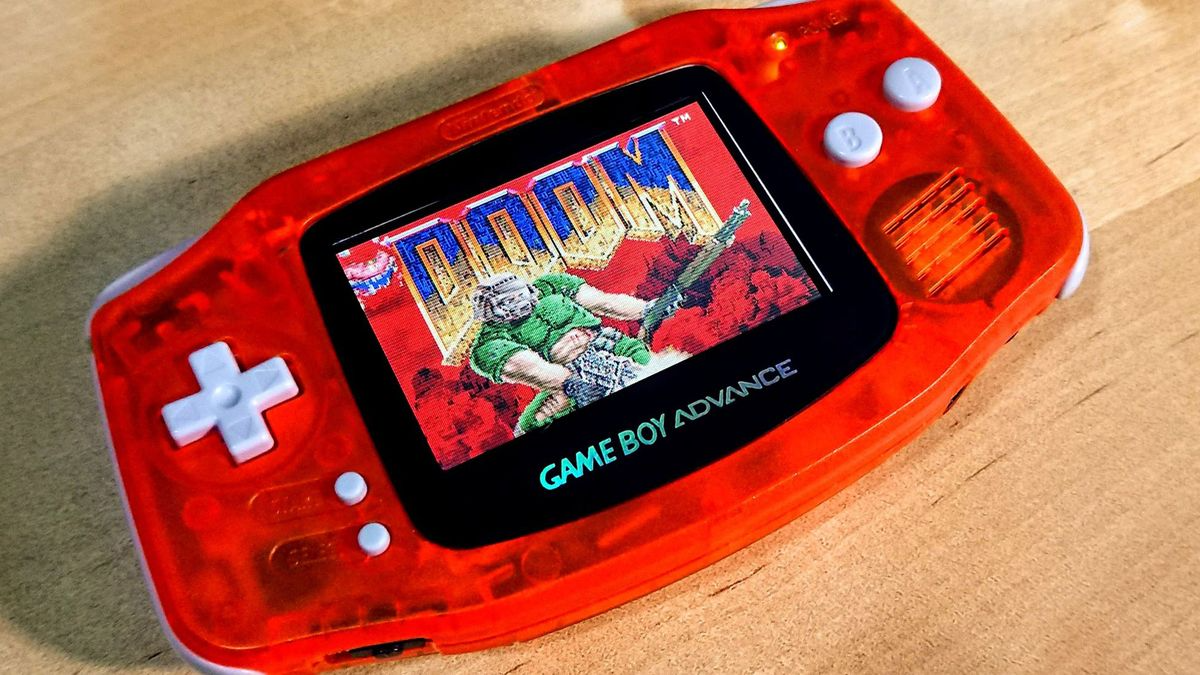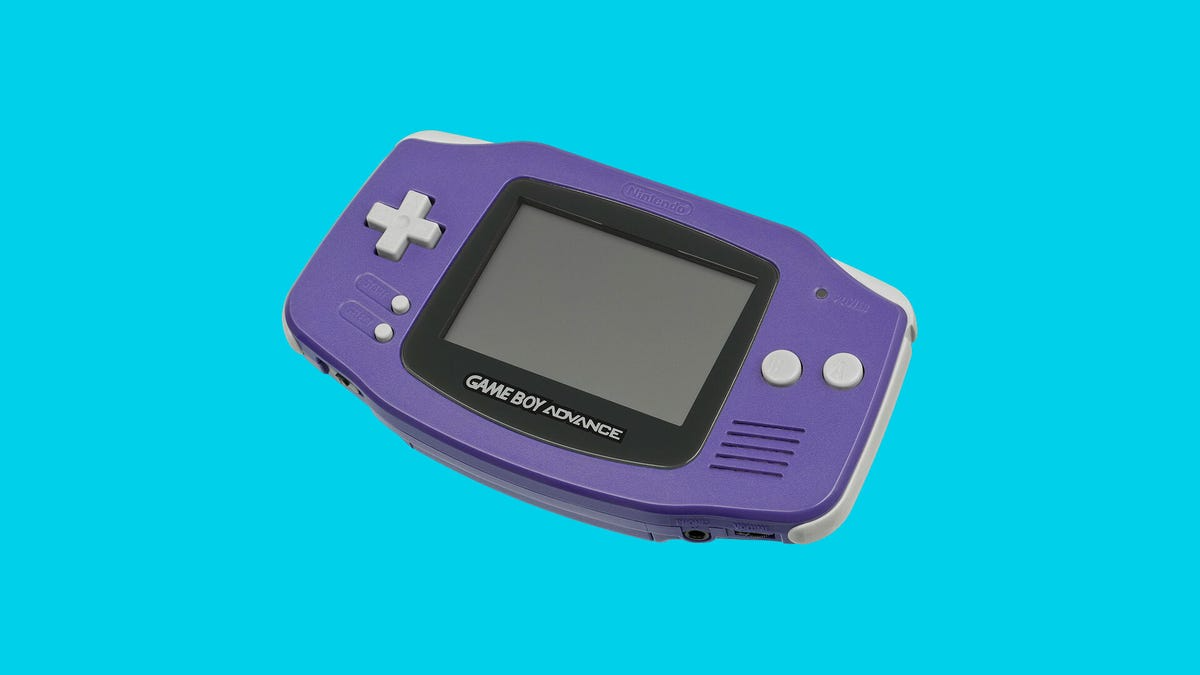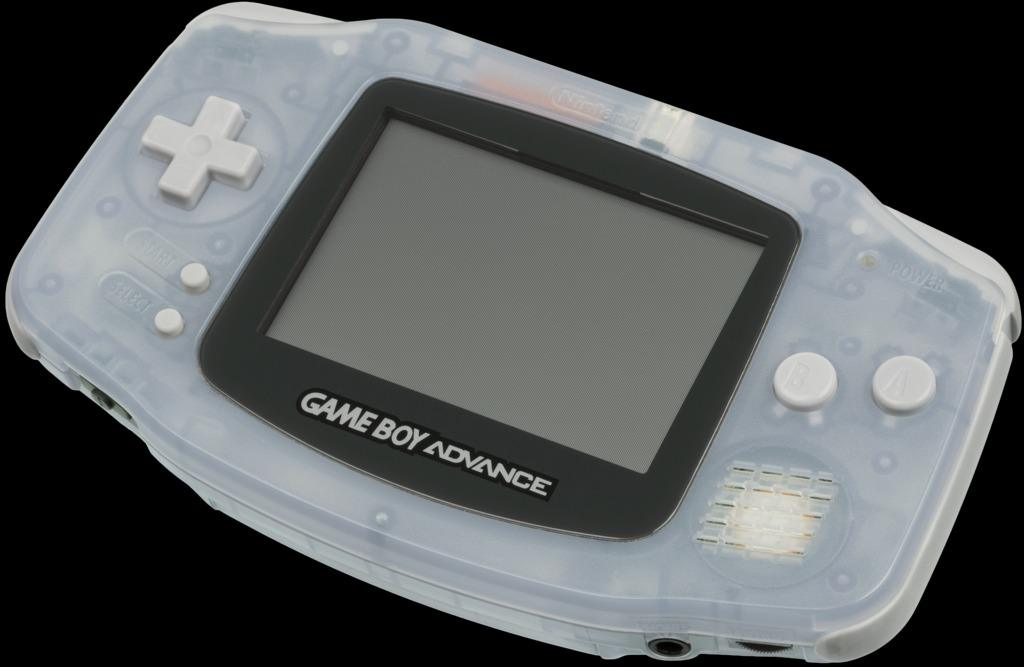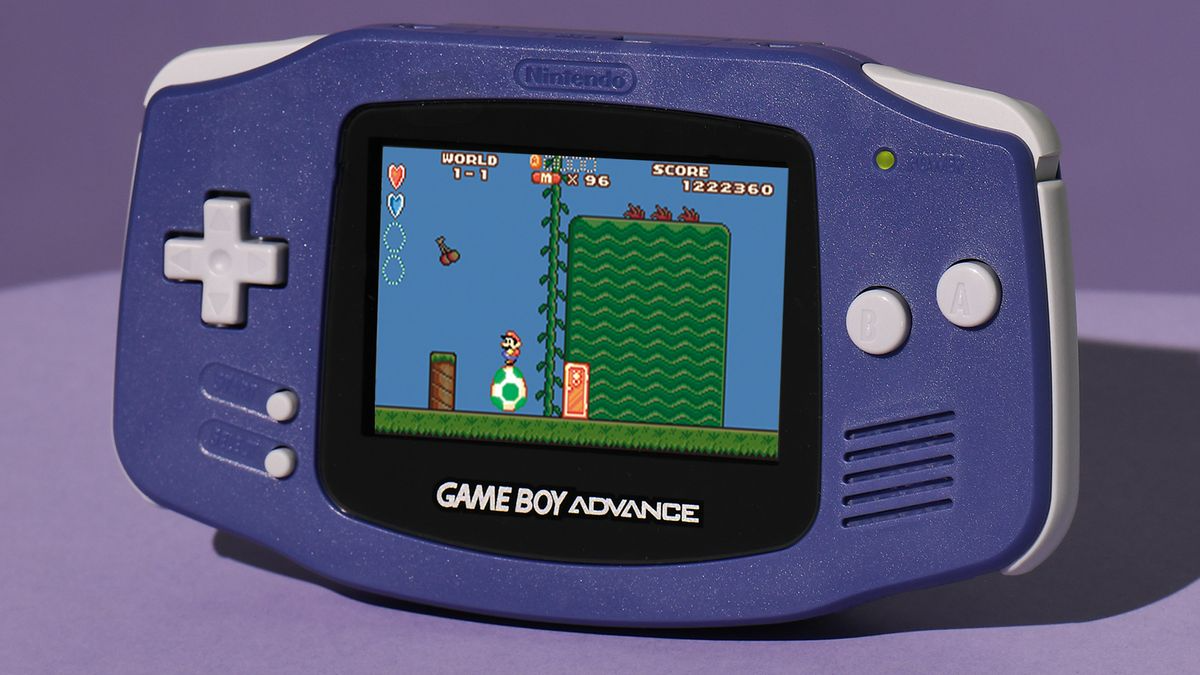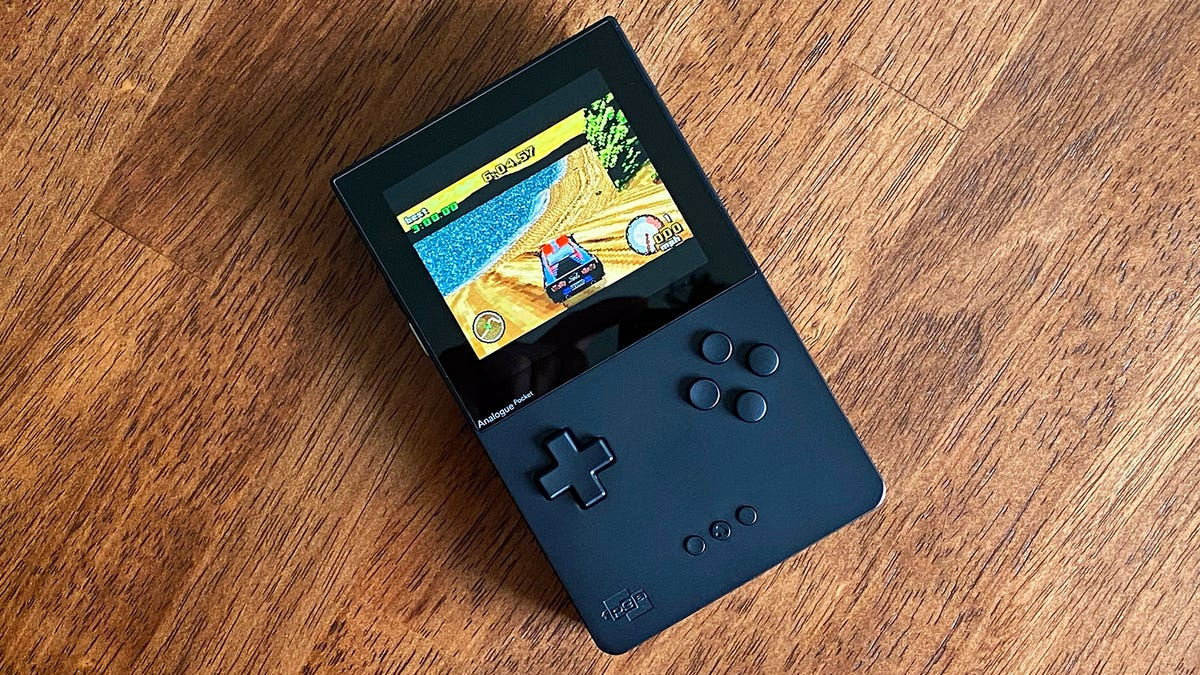I. Introduction: The Birth of a Gaming Phenomenon
The Game Boy Advance (GBA) was a pivotal milestone in the world of portable gaming, an evolution from Nintendo’s iconic Game Boy lineage that set new standards for on-the-go entertainment. It emerged in 2001, bridging the gap between retro gaming and the dawn of modern handheld technology.
II. Evolutionary Design and Features: A Leap in Portable Gaming Experience
A. Technical Specifications Upgrade
The Game Boy Advance (GBA) represented a quantum leap in handheld gaming technology, packing a powerful 32-bit ARM7TDMI processor capable of running games with greater complexity and depth. This substantial upgrade from the 8-bit processor of its predecessors enabled developers to create more immersive worlds, enhance gameplay mechanics, and render visuals with improved color depth and resolution. The GBA supported a palette of up to 512 colors on screen from its total palette of 32,768 colors, providing a visual experience that was leaps ahead of earlier handhelds.
B. Display Innovation
One of the most notable design features of the GBA was its 2.9-inch LCD screen. Unlike its predecessors, it offered a landscape orientation which made for a larger visible game area and provided better visibility for players. Additionally, while the original GBA model lacked backlighting, subsequent iterations such as the Game Boy Advance SP introduced front-lit or backlit screens, allowing gamers to play in low-light conditions without external light sources.
C. Ergonomic and Intuitive Interface
The GBA’s ergonomic form factor was designed for extended periods of comfortable gaming. It featured a traditional D-pad and four face buttons (A, B, L, R), akin to full-sized console controllers, ensuring that players could easily transition between home consoles and portable gaming. Furthermore, the inclusion of two additional shoulder buttons (L and R) expanded the range of possible control inputs, enhancing the versatility of game designs.
D. Expanding Capabilities through Accessories
Nintendo also pushed the boundaries of connectivity with the GBA. Link cables allowed multiplayer gaming sessions, fostering social interaction and competition among friends. Moreover, the introduction of accessories like the Game Boy Advance Wireless Adapter opened doors for wireless gaming experiences. The system was also compatible with the Nintendo e-Reader, an innovative peripheral that read special cards containing data for new levels, mini-games, and other content to be integrated into certain games.
In summary, the evolutionary design and features of the Game Boy Advance were pivotal in advancing the state-of-the-art for portable gaming systems. Its technical prowess, display advancements, intuitive controls, and innovative accessories collectively contributed to making it a much-loved and highly influential piece of gaming history.
III. Game Library: A Rich Tapestry of Titles
A. Franchise Revivals and New IPs:
The GBA housed a vast library of titles, including classic revivals such as “The Legend of Zelda: A Link to the Past & Four Swords,” “Metroid Fusion,” and “Super Mario Advance” series, alongside new intellectual properties that became fan favorites.
B. Third-Party Support:
Strong third-party support bolstered the GBA’s game library with titles ranging from RPG epics like “Final Fantasy Tactics Advance” to action-packed adventures like “Golden Sun.” This diversity catered to a broad range of gaming tastes.
C. Cross-Compatibility and Innovation:
Many games featured connectivity with other Nintendo systems, enabling unique gameplay experiences such as transferring Pokémon between the GBA and GameCube or using the e-Reader accessory to unlock additional content.
IV. Impact and Legacy of the Game Boy Advance
A. Market Success and Cultural Influence
The Game Boy Advance (GBA) had a profound impact on the gaming industry, selling over 81 million units worldwide since its launch in 2001. It solidified Nintendo’s dominance in the handheld market, outpacing competitors with its robust library of games and innovative features. The GBA became an iconic piece of technology that permeated pop culture, representing a generation’s portable entertainment experience.
B. Nurturing Franchises and Innovation
The GBA was instrumental in nurturing and expanding numerous franchises, such as Pokémon, The Legend of Zelda, Mario, and Metroid, among others. Its hardware capabilities allowed for enhanced remakes of classic titles from earlier consoles, giving players a chance to revisit beloved games with improved graphics and sound, while also introducing new gameplay mechanics and story elements. This not only kept older IPs relevant but also attracted a new generation of gamers to these series.
C. Gateway to Retro Gaming and Emulation
The GBA played a pivotal role in preserving retro gaming by offering ports of SNES classics and arcade games. Moreover, it inadvertently popularized emulation due to its similarity in architecture with older systems, which made it easier for developers to create emulators that could run classic game libraries on more modern devices.
D. Technical Advancements and Hardware Iterations
Nintendo’s iterative approach to the GBA resulted in several hardware upgrades that significantly improved user experience. The Game Boy Advance SP introduced a clamshell design and frontlit screen, making portable gaming more convenient and visually appealing. The Game Boy Micro offered a compact form factor and backlit screen, demonstrating Nintendo’s commitment to refining their product based on consumer feedback.
E. Inspiring Future Handheld Consoles
The success and innovations of the GBA directly influenced the development of future handhelds, most notably the Nintendo DS, which built upon the GBA’s strong foundation by adding dual screens, touch controls, and online connectivity. These advancements set new standards for portable gaming and laid the groundwork for the ongoing evolution of the medium.
In conclusion, the Game Boy Advance left a lasting legacy that transcends sales figures. It redefined the expectations for portable gaming, bridged generations of gamers, and paved the way for subsequent handheld consoles. The GBA will always be remembered as a pioneering device that pushed the boundaries of what was possible in a portable format, and its influence can still be felt in today’s gaming landscape.
V. Conclusion: The Enduring Appeal of the Game Boy Advance
The Game Boy Advance remains a testament to Nintendo’s ingenuity and foresight in the realm of handheld gaming. It not only expanded the possibilities of what could be achieved in a portable device but also played a crucial role in shaping the childhood memories of millions around the globe. As we look forward to the future of gaming, the GBA serves as a nostalgic reminder of the power of innovation and the timeless joy of gaming on the go.
